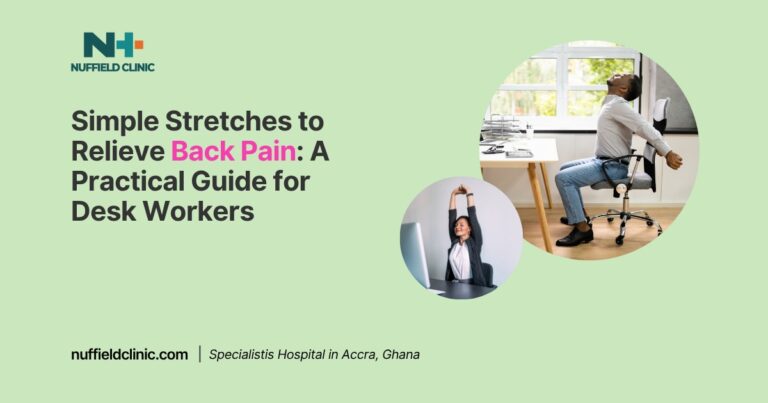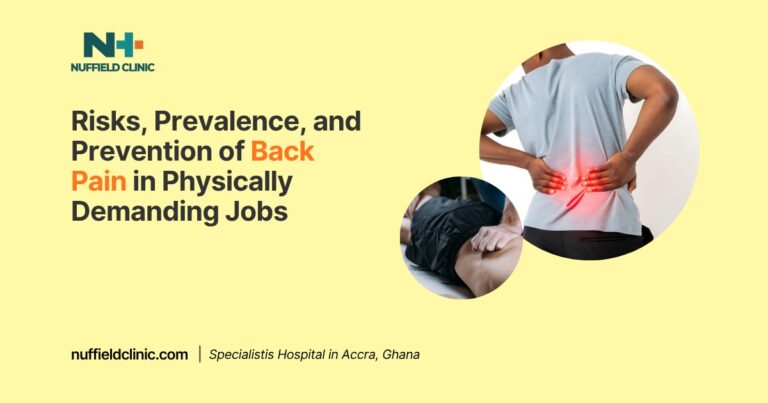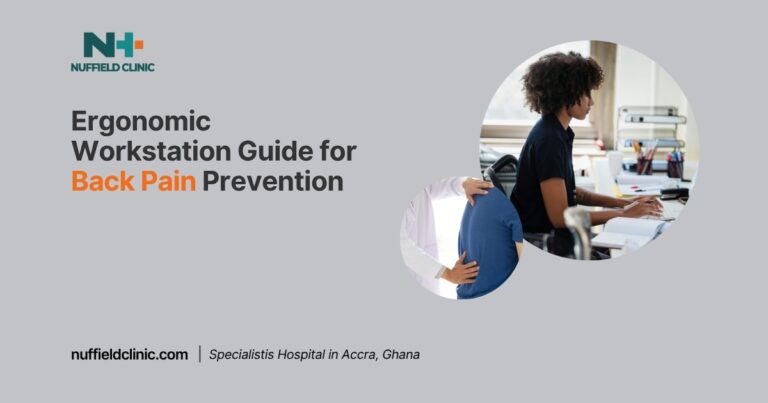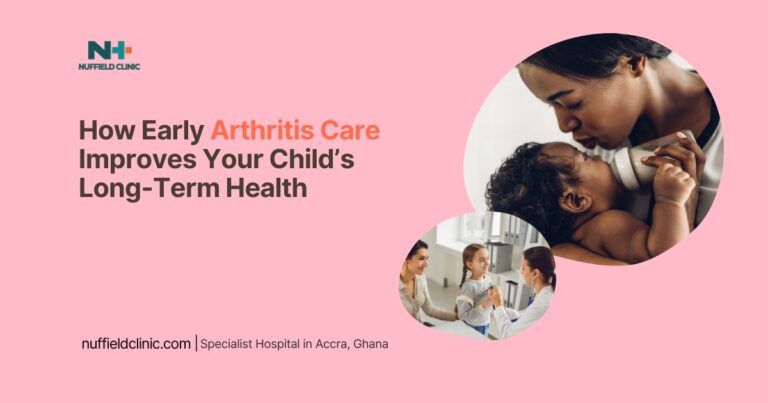How Orthopaedic Care deals with Bone and Joint Pain in Children
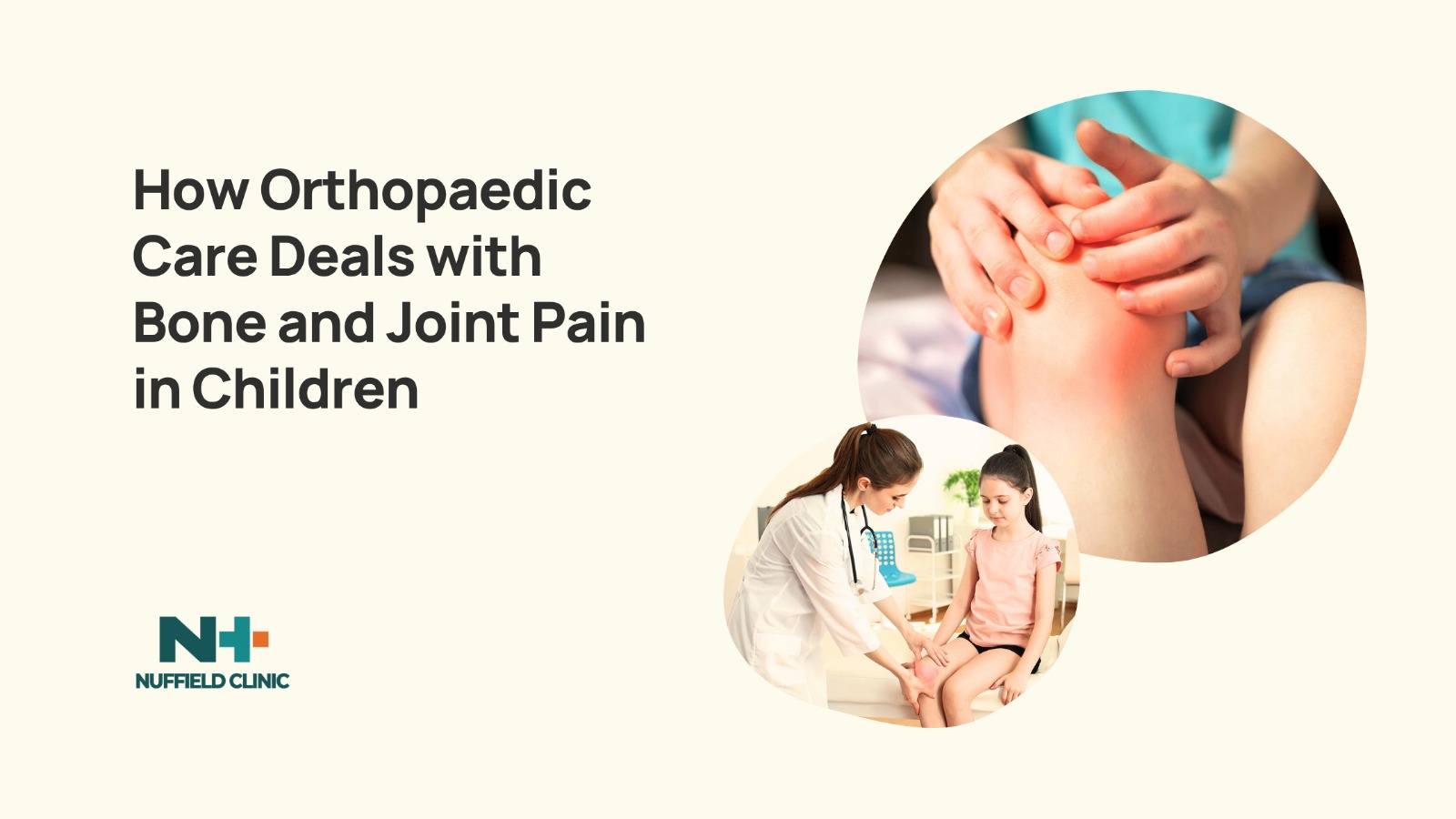
What impact can orthopaedic care make on bone and joint pain in children? This article discusses the distinguishing features between bone, muscle, and joint pain in children. When a child begins to limp, complains of aching limbs, or avoids movement altogether, families often wonder whether it’s something minor or a sign of something more. Pain in growing children can come from many sources, bones, joints, muscles, or surrounding tissues, and knowing the difference matters. Orthopaedic specialists are trained to pinpoint these distinctions and help families understand what lies beneath a child’s discomfort.
Accurate diagnosis is essential, not only for easing the child’s current pain but also for preventing complications that may affect development, mobility, or long-term health.
See also;
- How to Manage Scar Tissue After Orthopedic Surgery
- How Nerve Damage Affects Mobility and 3 Best Treatment Options
- All About Osteochondritis Dissecans – A Rare Often Undiagnosed Condition Affecting Bones and Joints
Distinguishing between bone and joint pain
While bone and joint pain can overlap in presentation, they have key differences in cause, character, and progression. Bone pain is generally less common but can be intense and sharply localised. It often stems from trauma, infection, or serious underlying conditions such as tumours. This type of pain might signal a fracture, even without obvious injury, or point toward infections like osteomyelitis, or in rare cases, conditions such as Leukaemia or other malignancies.
Joint pain, on the other hand, is typically felt in and around the affected joint and is often described as a dull ache. It tends to worsen with movement or weight-bearing. Joint-related pain may come from inflammation, overuse, or autoimmune processes such as juvenile idiopathic arthritis. A joint might swell or feel stiff, especially in the mornings, and sometimes becomes warm to the touch. While many children experience “growing pains,” these tend to be muscular, occur in both legs at night, and are not associated with swelling, fever, or visible joint issues.
How children express pain
Understanding pediatric pain can be complex. Children, especially younger ones, may not have the vocabulary or awareness to describe their symptoms accurately. Their brains and bodies are still developing, so sensations of pain may be experienced and communicated in ways that are unfamiliar to adults.
Infants typically express pain through facial grimacing, leg pulling, and restless movements. Toddlers might point to an area on a toy or use basic words, but changes in behaviour, irritability, reduced activity, or poor sleep can be more telling. Preschoolers may be more verbal but still need prompting, as some fear that talking about pain is a sign of weakness or punishment. School-aged children and teens can describe pain more clearly but might downplay it to avoid missing out on sports or social activities.
Because of this, adults must look beyond words. A child who suddenly avoids running, winces when getting dressed, or struggles to sleep through the night may be experiencing discomfort they cannot explain. Observing changes in activity level, posture, or behaviour is often the key to identifying underlying orthopaedic issues.
Underlying causes
Pain in bones or joints may result from a variety of conditions. Bone pain can arise from acute injuries like fractures, including toddler’s fractures that may go unnoticed, or from stress fractures due to repetitive motion. Avulsion injuries, where tendons pull off bits of bone, are seen in active children. More serious causes include osteomyelitis, a bacterial infection of the bone, or metabolic and blood disorders that affect bone structure and strength.
Joint pain may stem from mild injuries like sprains or overuse, especially in young athletes. Children who are hypermobile may develop pain with prolonged activity. Inflammatory and autoimmune conditions such as JIA or lupus can cause joint swelling, stiffness, and systemic symptoms like fatigue or rash. Some infections can also settle in joints, causing temporary inflammation, such as in transient synovitis, which often appears after a viral illness.
Symptoms signalling something serious
Certain signs demand urgent medical evaluation. These include constant or worsening pain, especially if it interferes with sleep or limits movement. A refusal to walk, visible deformity, or sudden joint swelling with fever are concerning. Systemic symptoms like unexplained weight loss, rash, or lethargy can indicate more serious underlying conditions. A hip problem that presents as knee or thigh pain is another subtle clue, known as referred pain, that may require further investigation.
Orthopaedic expertise and the diagnostic process
Orthopaedic care is vital when bone or joint pain persists, worsens, or presents with red flags. The evaluation begins with a thorough history, including the timeline of symptoms, recent illnesses or injuries, and any changes in activity or behaviour. A focused physical exam follows, assessing gait, posture, joint movement, strength, and tenderness.
Often, clinicians use the “Look, Feel, Move” approach, observing for visible signs, gently palpating the area, and checking how the child moves the affected limb. If necessary, imaging such as X-rays or MRI scans may be used to identify fractures, inflammation, or tumours. Blood tests can uncover infection or autoimmune markers. In some cases, more advanced procedures like bone scans or biopsies are needed to clarify the diagnosis.
Even if initial imaging appears normal, this does not always rule out serious conditions. Subtle or early-stage diseases can be missed unless followed closely by specialists trained to detect them.
Why early orthopaedic intervention matters
When children receive timely orthopaedic assessment, the chances of full recovery improve significantly. Early treatment may allow for non-invasive therapies like physical therapy or medication, sparing the need for surgery. Ignoring symptoms or delaying care, however, can have lasting consequences.
In cases like septic arthritis, the window to act may be just one or two days before irreversible joint damage or systemic illness sets in. For JIA, early use of targeted medications can reduce inflammation, prevent joint deformity, and avoid complications such as uveitis. With SCFE, timely surgery prevents hip collapse and long-term disability. In Perthes disease, beginning treatment early improves outcomes and reduces future arthritis risk. Other emergencies, like compartment syndrome or cancer, require immediate diagnosis to preserve limb function or even life.
The goal of orthopaedic care isn’t just to treat pain; it’s to keep children moving confidently and safely. A prompt diagnosis allows families to manage the issue early and support a child’s development with fewer setbacks. With the right intervention, most children can return to full activity and enjoy the benefits of healthy movement, growth, and independence.
If your child is experiencing bone or joint pain, don’t wait to seek answers. Book a consultation with a specialist at Nuffield Clinic today.


